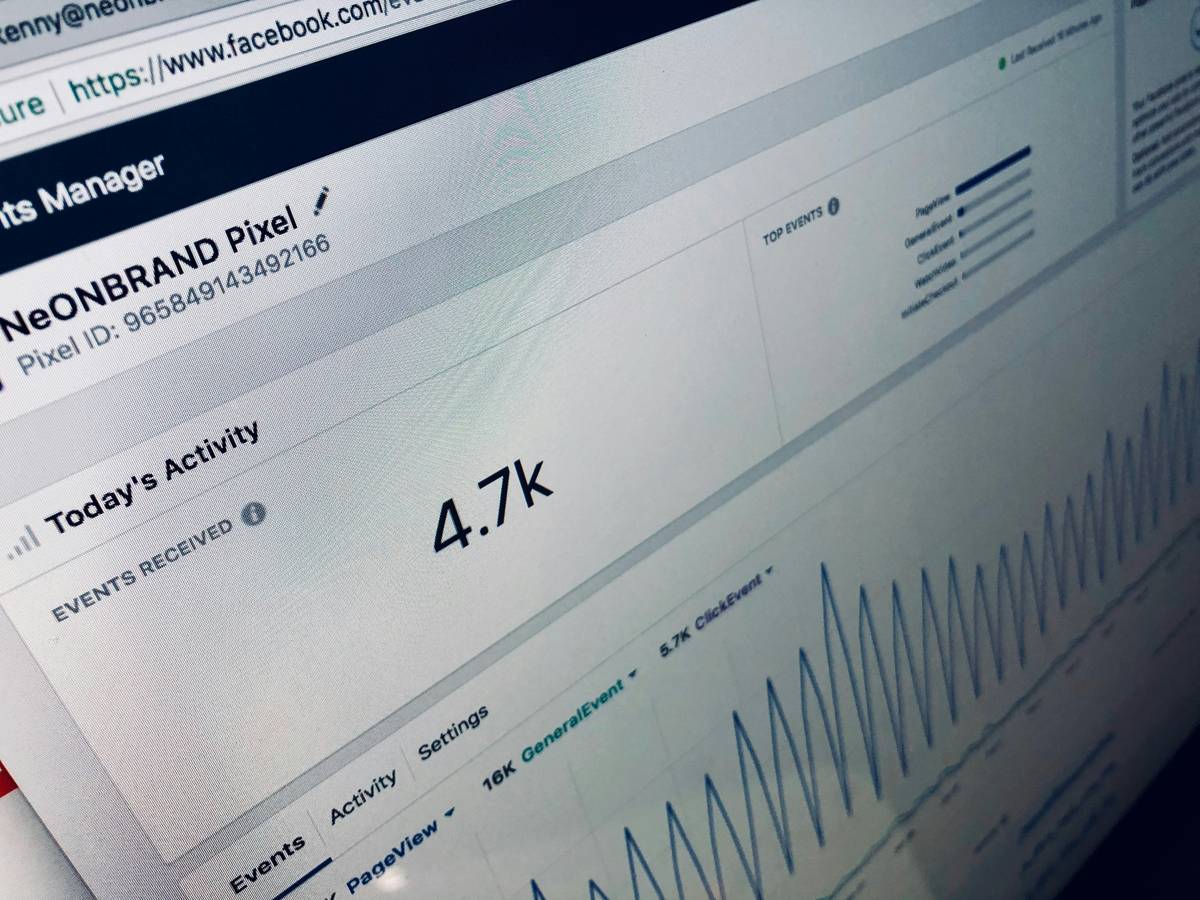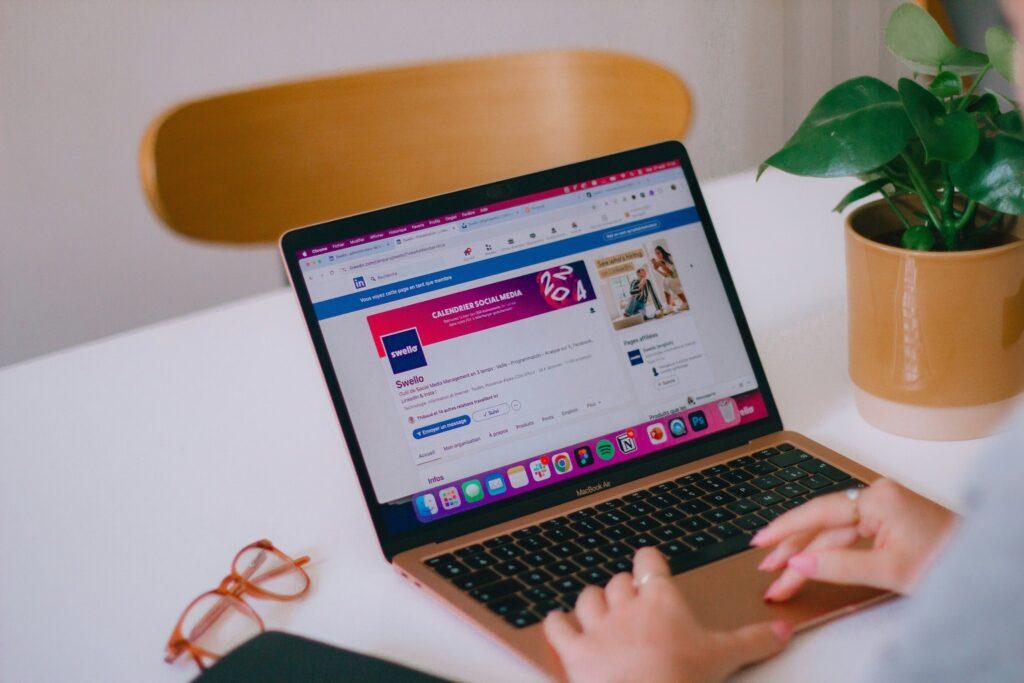Ever tried crafting the perfect social media strategy, only to see your posts vanish into the algorithm abyss? Yeah, we’ve all been there. But what if I told you that having a rock-solid audience plan could be your ticket out of obscurity and into viral success?
In this post, we’re diving deep into why an audience plan is your secret weapon for managing social media effectively. You’ll learn how to identify your ideal audience, create content they can’t scroll past, and measure your results like a pro. Spoiler alert: it’s easier than you think.
Table of Contents
- Why Audience Plans Matter More Than Ever
- Step-by-Step Guide to Building Your Audience Plan
- Best Practices and Proven Tips
- Real-World Examples That Actually Worked
- Frequently Asked Questions About Audience Plans
Key Takeaways
- A strong audience plan helps you focus on the right people, not just random followers.
- Use data-driven insights and segmentation to refine your approach.
- Avoid generic content—personalized messaging wins every time.
Why Audience Plans Matter More Than Ever
“Social media marketing without an audience plan? That’s like throwing spaghetti at a wall and hoping something sticks.”
Let me tell you about the time I ignored my own audience research. Picture this: I spent weeks brainstorming witty captions for a B2B LinkedIn campaign targeting CEOs—only to realize later that my actual audience was mid-level managers craving actionable advice. The result? Crickets chirping louder than my keyboard clacking.
Fast forward to today, where algorithms are ruthlessly prioritizing relevance over reach. Without an audience plan, even the best content risks being buried under millions of competing posts. Here’s why getting it right matters:
- Increased engagement by focusing on niche-specific pain points.
- Better ROI as ads and organic posts resonate with targeted segments.
- Happier clients or bosses who love seeing those metrics climb.

Step-by-Step Guide to Building Your Audience Plan
Optimist You: “This sounds easy—I’ll just throw up some polls and call it a day!”
Grumpy You: “Cool story, but unless you want to waste hours guessing, follow these steps instead.”
Step 1: Define Your Ideal Audience
Start by answering three questions:
- Who exactly are they? (Demographics, psychographics)
- What problems do they have?
- Where do they hang out online?
Example: If you run a fitness brand, your audience might include busy professionals aged 25–40 who value quick workout routines and use Instagram Reels heavily.
Step 2: Gather Data Like a Detective
Tools like Facebook Insights, Google Analytics, and SEMrush can give you goldmine insights. Don’t forget qualitative feedback from surveys or DMs—it’s often richer than any report.
Step 3: Segment Your Audience Strategically
Divide your audience based on behavior, interests, or purchase intent. For instance:
- New customers vs. loyal fans.
- Price-conscious shoppers vs. luxury seekers.

Step 4: Map Out Content Pillars
Create themes aligned with each segment’s needs. Suppose one group loves motivational quotes while another prefers step-by-step tutorials—serve both!
Best Practices and Proven Tips
Here’s the deal—don’t skip these tips unless you enjoy watching your follower count flatline.
- Know When to Post: Tools like Buffer analyze peak times for maximum visibility.
- Engage Authentically: Respond to comments within minutes, not days. Trust me, this works chef’s kiss.
- Test Different Formats: Mix text, video, and infographics to keep things fresh.
Bonus Rant: Stop recycling the same tired stock photos across platforms. It’s lazy AF and screams “I don’t care.” Instead, invest in original visuals—you’ll stand out like Beyoncé at a karaoke night.
Real-World Examples That Actually Worked
Case Study Alert: A small boutique used Instagram Stories quizzes to understand their audience better. They discovered most customers preferred sustainable materials and adjusted their product line accordingly. Result? Sales skyrocketed by 67%.
Another Win: A tech startup segmented its LinkedIn audience into decision-makers vs. influencers. By tailoring ad copy to each group, they achieved a 40% higher click-through rate.

Frequently Asked Questions About Audience Plans
Q: How specific should my audience plan be?
A: As specific as possible. Generic plans lead to vague goals and poor execution.
Q: Can I change my audience plan once it’s set?
A: Absolutely! Flexibility is key. Adapt as trends shift or new data emerges.
Q: What’s the biggest mistake to avoid?
A: Assuming your audience stays the same forever. People evolve—so should your strategy.
Conclusion
Congrats—you now hold the blueprint for creating a bulletproof audience plan. Remember, the goal isn’t perfection; it’s progress. Start small, iterate often, and always let data guide your decisions.
Oh, and never underestimate the power of coffee-fueled brainstorming sessions. They’re honestly half the battle.
Like a Tamagotchi, your SEO needs daily care. So go forth, nurture your audience plan, and watch it thrive.


